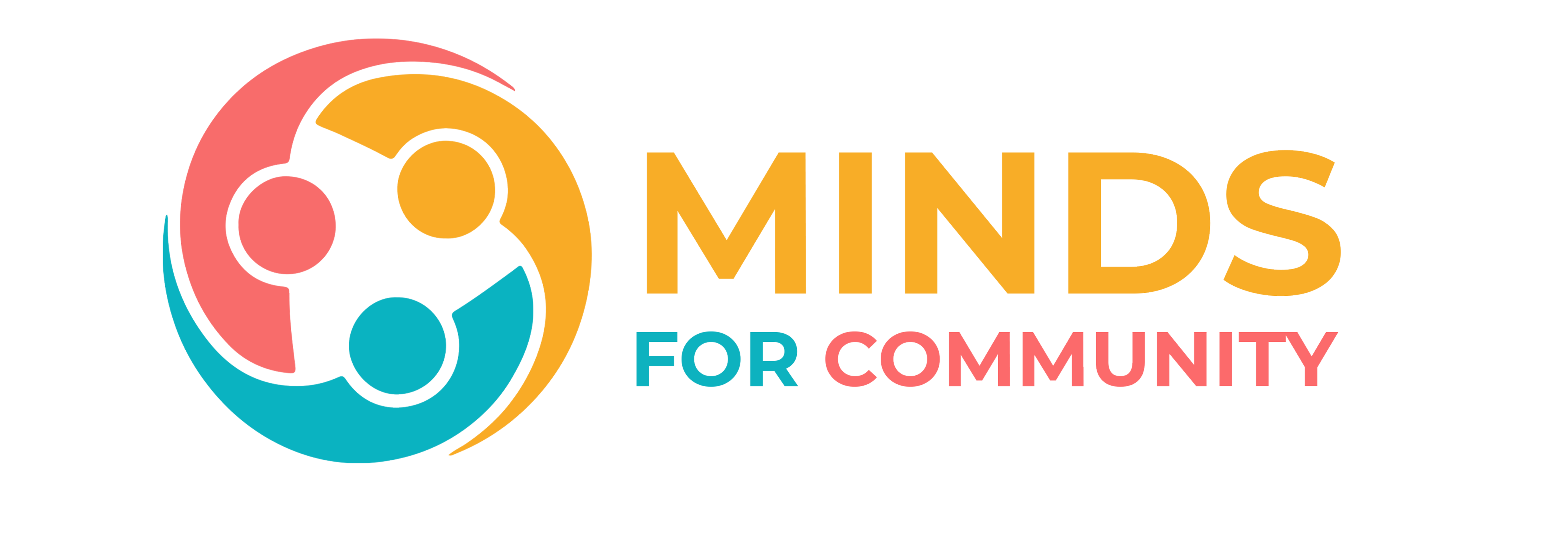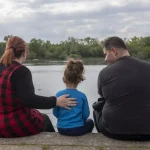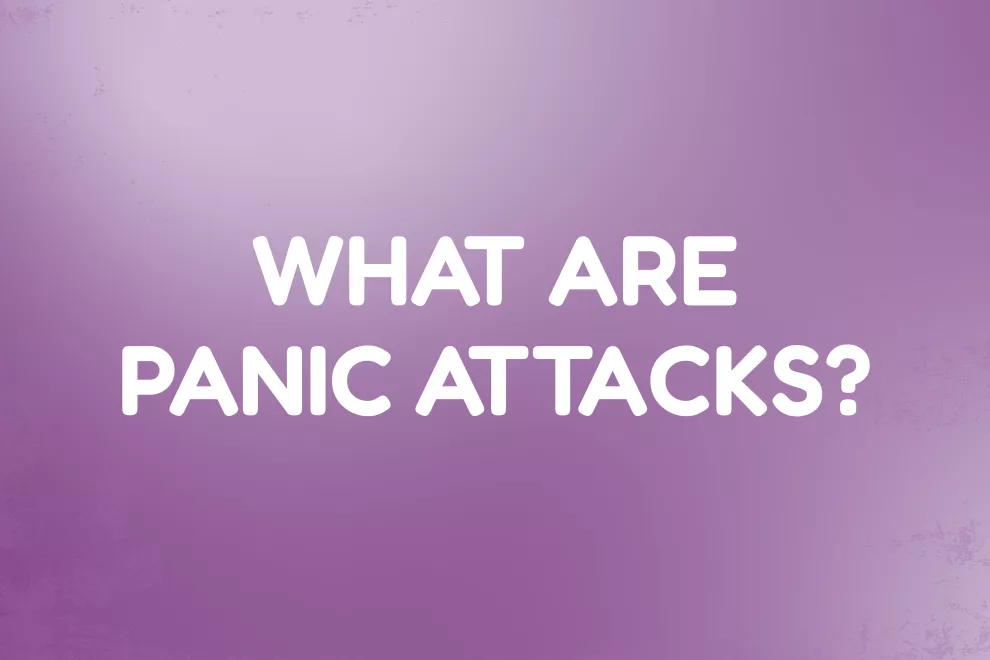A panic attack is an intense feeling of fear and anxiety. It often happens if people feel anxious about something happening in their life or have experienced something difficult or stressful.
Panic attacks can feel very frightening, especially for children, but they can usually be stopped with treatment. It’s important to know that a panic attack won’t cause any harm and, even if it may not feel it during an attack, the feeling will pass.
What is a panic attack?
A panic attack is a feeling of fear and anxiety that can overwhelm us quite suddenly and is usually accompanied by intense physical symptoms such as lightheadedness, shortness of breath and a racing heart.
Many children feel a sense of terror during an attack, like something bad is about to happen. These feelings can occur even when there is no real danger.
What causes panic attacks?
It is not always clear what causes panic attacks in children or adults. What we know is feeling anxious about something or experiencing something difficult or stressful can cause a panic attack.
These situations include:
1-Anxiety caused by a difficult experience at home or school
2-Stress about things like exams, friendships or relationships
3-The death of a loved one
4-A frightening experience like abuse or neglect
5-A violent experience
Panic attacks in children and adolescents
Panic attacks often begin during adolescence, although they may start during childhood. Attacks can lead to severe anxiety, as well as affecting other parts of a child’s mood or functioning.
Some children begin to avoid situations where they fear a panic attack may occur. Adolescents might use alcohol or drugs to reduce their anxiety. If not recognized and treated, panic attacks can cause future complications for children such as severe depression and suicidal behaviour.
When diagnosed early on, children experiencing panic attacks usually respond well to treatment.
Signs and symptoms of panic attacks
If your child experiences a panic attack, they might feel out of control with what’s going on around them, scared that their body is in danger or even like they are dying. Our bodies can react in different ways to panic attacks. Some of these reactions include:
• Breathlessness, quick breathing or finding it hard to breathe
• Light-headedness or a feeling of fainting
• Finding lights brighter and more intense
• A rapid heartbeat and a tightness in the chest
• Sweating more than usual
• Shaky and wobbly legs
• Being teary, like they can’t stop crying
• Feeling stuck, like they can’t move
Ways to help your child cope
Knowing what triggers an attack is the first step in attacking panic. Ask your child how they feel and what is making them feel anxious or stressed. Are there certain situations or places that cause them to feel panicky? This knowledge can help your child think about what they can do to cope with those situations.
During a panic attack, your child may feel like they are losing control, but there are things you can help them do to take back control and feel ‘grounded’ again:
1_ Embrace the episode: Sometimes, it can seem easier to simply avoid a situation or place that makes us panic. It’s natural to feel this way. However, avoiding situations can make our anxiety feel bigger. The goal is not to avoid situations that make us panic, but to help your child learn to cope with how they feel in those situations.
2_ Go through the alphabet: Ask your child to name something for every letter of the alphabet. These could be animals, names, places, foods, etc. This will engage a different part of their brain and move their attention away from fear and anxiety.
3_ Concentrate on breathing: Abdominal breathing is very calming and helps us to draw oxygen deep into our lungs. Here’s an easy 3-step process:
• Place your hand on your stomach
• Take 5 deep breaths, spend 5 seconds breathing in and 5 seconds breathing out, breathing in through your nose and out through your mouth
• Explain that when your child inhales, they are blowing up their tummy softly like a balloon, and when they exhale the air is going slowly out of the balloon again.
4_Find safe spaces: If your child feels panicked in a situation, guide them towards finding a space where they can breathe and think calmly. This could be a physical space they are familiar with like your home or their room. Or, an imaginary one – somewhere that feels calm – like their favourite part of the park or by the sea.
5_
Help them use their senses: Our senses are powerful tools to help deal with feelings of panic, anxiety and stress. Here’s an easy way of getting your child to use them:
Ask your child to sit comfortably and slowly breathe in and out. Now ask them to name some non-distressing things: 4 things they can see, 3 things they can hear, 2 things they can smell and 1 thing they can taste.
When to seek professional help
In severe cases of panic attacks, the child or adolescent may be afraid to leave home. If you notice your child showing persisting symptoms of panic attacks, it is time to seek help from your healthcare provider.
Children and adolescents with symptoms of panic attacks should first be evaluated by their family doctor or pediatrician. If no other physical illness or condition is found as a cause for the symptoms, they might be referred to a child and adolescent psychiatrist for an evaluation.
With treatment, panic attacks can usually be stopped. Early treatment can help prevent serious complications.






